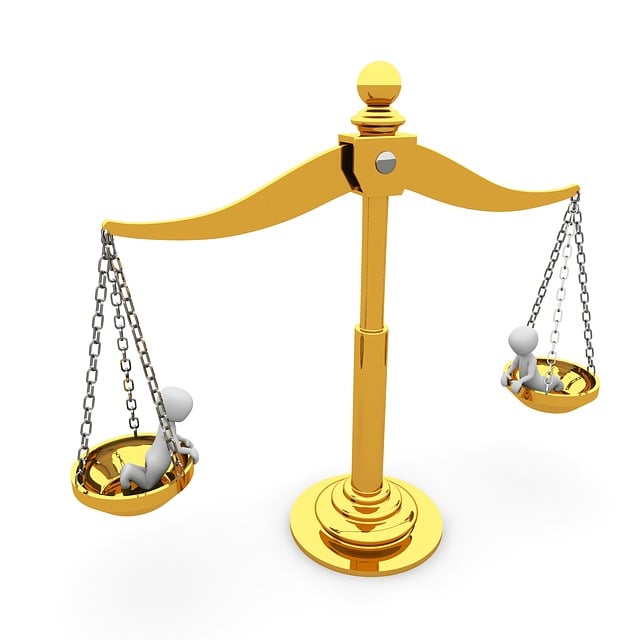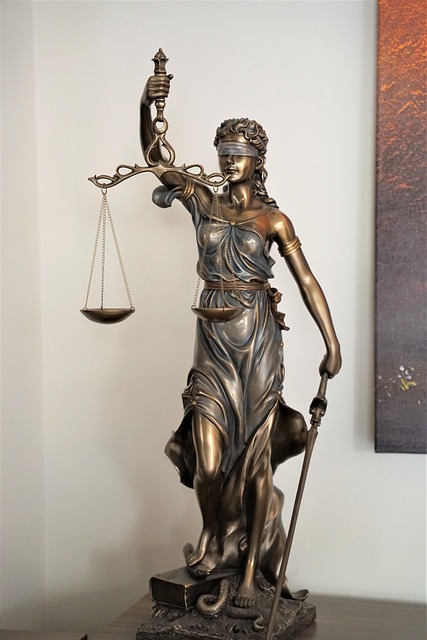Understanding different litigation types and their jurisdictional, disputant, and legal context is crucial for favorable case outcomes. The Impact of Jury Demographics on Verdicts plays a significant role, affecting evidence interpretation and case results, especially in civil lawsuits. Demographic factors like age, gender, race, and socio-economic status influence jury decisions. Diverse juries tend to deliver fairer outcomes by bringing unique perspectives to decision-making processes, particularly in sensitive cases. Ensuring fairness requires strategies such as rigorous juror screening, clear instructions, and managing unconscious biases to counteract societal influences on verdicts.
“Uncovering the intricate relationship between jury demographics and trial outcomes is a critical aspect of ensuring fair litigation. This article delves into ‘Understanding Litigation Types’ and explores how demographic factors influence verdicts. By analyzing case studies, we uncover real-world examples of these influences. Furthermore, we present strategies to mitigate bias, aiming to revolutionize the justice system and ensure every trial is free from unfair judgments based on jury demographics.”
- Understanding Litigation Types: An Overview
- The Role of Jury Demographics in Verdicts
- Case Studies: Analyzing Demographic Influences
- Strategies for Mitigating Bias and Achieving Fair Trials
Understanding Litigation Types: An Overview

Understanding Litigation Types is a crucial step in navigating the legal landscape, especially for those seeking to achieve extraordinary results in their cases. The diverse range of litigation types includes civil lawsuits, criminal proceedings, and administrative hearings, each with distinct characteristics and potential outcomes. These variations are shaped by factors such as jurisdiction, the nature of the dispute, and the applicable laws, influencing strategies employed by legal professionals.
Within this framework, the impact of jury demographics on verdicts is a fascinating aspect often under scrutiny. Demographic shifts in juries can significantly influence the interpretation of evidence and ultimately shape the outcomes of cases, particularly in civil litigation. An unprecedented track record of successful white-collar defense strategies, for instance, may be attributed to an understanding of these demographic dynamics, ensuring attorneys can effectively communicate with diverse juror populations and present compelling arguments.
The Role of Jury Demographics in Verdicts

The composition of juries has been a topic of interest due to its potential impact on the impact of jury demographics on verdicts. Demographic factors such as age, gender, racial makeup, and socio-economic status can subtly shape how jurors perceive evidence and ultimately render their decisions. Research suggests that these influences can affect not only the outcome but also the speed at which juries reach a verdict. For instance, studies have shown that female jurors tend to take longer to deliberate than male jurors, often resulting in different conclusions, particularly in cases with emotional components.
Understanding these dynamics is crucial for ensuring fairness throughout all stages of the investigative and enforcement process. Lawyers and judges must be mindful of potential biases and strive to select juries that represent a balanced cross-section of society. By doing so, they can help avoid situations where specific demographics are underrepresented or overrepresented, thereby minimizing the risk of avoiding indictment based on spurious factors unrelated to the case’s merits.
Case Studies: Analyzing Demographic Influences

Case studies analyzing the impact of jury demographics on verdicts offer valuable insights into how personal backgrounds influence legal outcomes. By examining past cases, researchers have discovered that juries composed of diverse individuals from various demographic groups often achieve extraordinary results in terms of fairness and accuracy. These studies show that when jurors bring different perspectives, life experiences, and cultural understandings to the table, it enriches the decision-making process.
For instance, in philanthropic and political communities, where discussions around social justice are prevalent, juries with members from these backgrounds may be more attuned to the nuances of a case, especially those involving sensitive topics like racial discrimination or inequality. This sensitivity can lead to verdicts that reflect a deeper understanding of societal issues, ensuring that justice is served in a more comprehensive manner. Jury trials, therefore, become powerful platforms for fostering inclusivity and promoting equitable outcomes within these diverse communities.
Strategies for Mitigating Bias and Achieving Fair Trials

Ensuring fairness in trials is a complex task, particularly given the potential impact of jury demographics on verdicts. The composition of juries, reflecting diverse backgrounds and perspectives, is designed to promote impartiality. However, unconscious biases and societal influences can subtly affect decision-making processes. To mitigate these, legal professionals must employ strategies that enhance transparency and equality throughout all stages of the investigative and enforcement process.
One approach involves thorough juror screening to identify and address potential biases. This includes questioning about personal experiences, views on controversial issues, and relationships with parties involved in the case, especially when dealing with corporate and individual clients. Additionally, providing clear and concise instructions to juries, emphasizing the importance of impartiality and the presumption of innocence, can help avoid indictment based on prejudiced perceptions. Effectively managing these factors contributes to achieving fair trials and ensuring justice for all.
Understanding the impact of jury demographics on verdicts is crucial for ensuring fair trials. By examining case studies and implementing strategies to mitigate bias, we can navigate the complex landscape of litigation more effectively. The role of diverse juries in reaching impartial decisions cannot be overstated, as it fosters a more inclusive and just legal system. Through continued research and thoughtful approaches, we can minimize the influence of demographic factors on outcomes, ultimately enhancing the integrity of our judicial processes.






